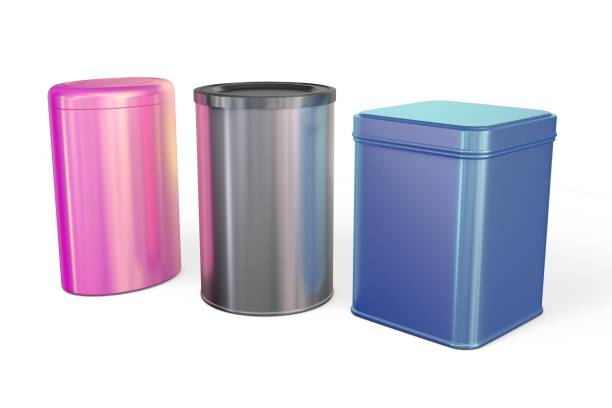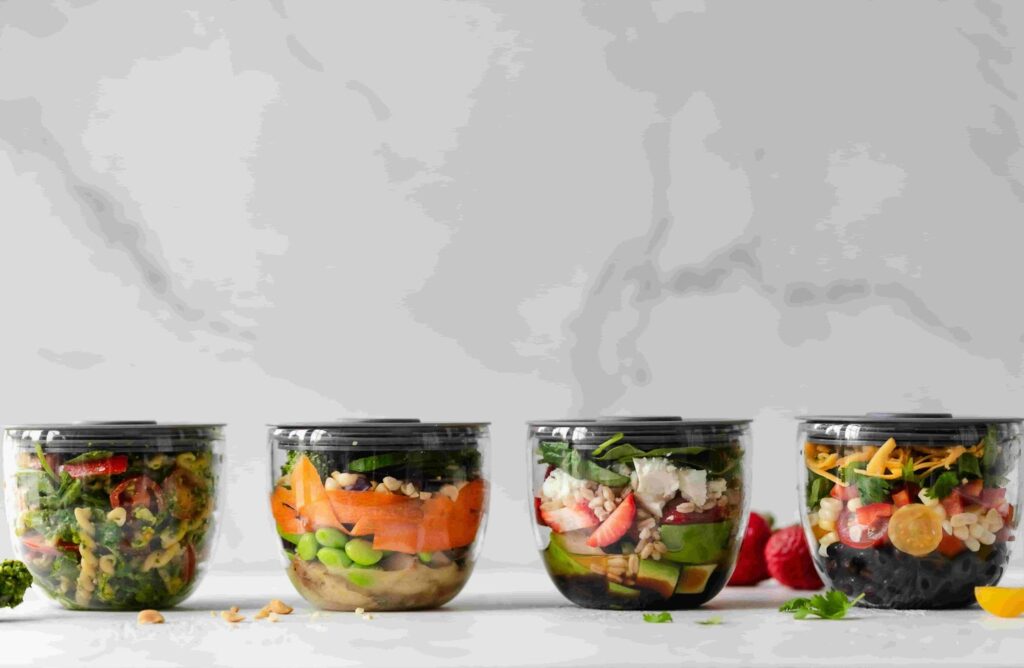The debate between tin packaging and plastic packaging has been ongoing for years. Both materials are widely used in various industries, including food, beverage, cosmetics, and pharmaceuticals.
However, the growing concerns about environmental impact, sustainability, and consumer health are pushing businesses and consumers to reconsider their packaging choices.
In this article, we will compare tin vs plastic packaging, exploring their advantages and disadvantages, including their impact on product shelf life, environmental friendliness, durability, and more. By the end, we hope to provide clarity on which packaging material is the better choice in different scenarios.
| Feature | Tin Packaging | Plastic Packaging |
| Material Composition | Mainly made from aluminum or tinplate | Made from various types of plastic (e.g., PET, PVC, HDPE) |
| Environmental Impact | 100% recyclable and biodegradable; less impact on the environment | Non-biodegradable; low recycling rates and contributes to plastic pollution |
| Shelf Life | Excellent preservation, especially for perishable goods (canned food) | Effective for short to medium-term preservation, but may degrade over time |
| Durability | Highly durable, resistant to corrosion, and provides excellent protection against air, moisture, and light | Less durable; can tear, puncture, or degrade over time, but lightweight |
| Cost | Higher production costs and shipping due to weight | Lower production and shipping costs due to lightweight nature |
| Recyclability | Fully recyclable and can be reused indefinitely without loss of quality | Plastic recycling is limited; only certain types are recyclable, and the process is often not efficient |
Environmental Impact

When it comes to packaging, one of the most pressing concerns today is environmental sustainability. With plastic pollution becoming a global crisis, many are questioning whether tin packaging can serve as a more eco-friendly alternative. Let’s discuss next.
Tin Packaging
- Recyclability
Tin packaging is one of the most recyclable materials available. It can be recycled indefinitely without degrading in quality. This makes it a preferred choice for many environmentally conscious companies.
Recycling tin reduces the need for raw material extraction, thus minimizing environmental damage. For example, the cookie tin box produced by TINMEN Canning Company uses environmentally sustainable raw materials.
- Biodegradability
Tin is relatively biodegradable over time when discarded, unlike plastic, which can take hundreds of years to break down in landfills.
- Energy Costs in Production
While tin packaging requires significant energy for mining and processing, its overall long-term environmental footprint is less compared to plastic, especially when considering recycling rates and the fact that it’s used multiple times.
Plastic Packaging
- Non-Biodegradability
One of the most significant issues with plastic is its non-biodegradable nature. Most types of plastic can take anywhere from 500 to 1,000 years to decompose in the environment.
Plastics, especially single-use plastics, often end up in the ocean, harming marine life and polluting ecosystems.
- Recycling Rates
Though plastics can be recycled, the global recycling rate is low. According to estimates, only around 9% of plastic waste is recycled, with the rest accumulating in landfills or being incinerated, releasing harmful gases into the atmosphere.
- Production and Pollution
The production of plastic involves the extraction of petroleum and natural gas, contributing to pollution and greenhouse gas emissions. Additionally, plastic manufacturing creates toxic byproducts that can contaminate air and water.
While both tin and plastic have their environmental downsides, tin packaging is the more eco-friendly option. It is fully recyclable and biodegradable over time, whereas plastic’s impact on the environment is long-lasting and difficult to mitigate.
Durability and Protection
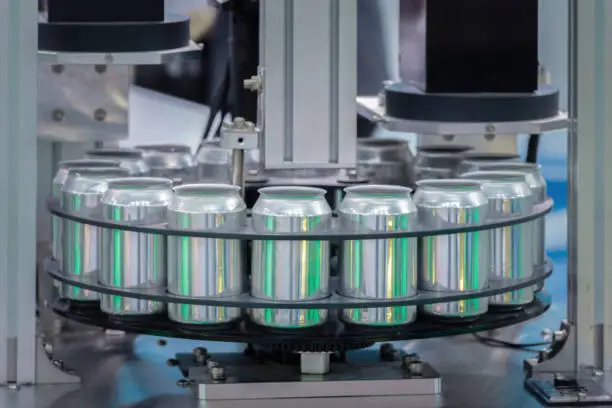
Durability is a critical factor in packaging materials, especially when products need protection from environmental elements such as air, light, or moisture.
Tin Packaging
- Corrosion Resistance
Tin is highly resistant to corrosion, making it an excellent choice for products that need to be stored in humid or wet conditions. Cans, for example, prevent rusting, which ensures that the contents remain safe and secure.
- Protection Against Light and Air
Tin packaging offers superior protection against light and air, which can degrade the quality of food and beverages. This is why many canned goods are stored in tin rather than plastic.
- Physical Strength
Tin is rigid and offers excellent physical protection against impacts and crushing, which can occur during transportation or handling.
Plastic Packaging
- Flexibility and Lightweight
Plastic is lightweight, which makes it easy to transport. However, this flexibility also means that plastic is more prone to puncturing or tearing compared to the sturdiness of tin.
- Variety of Plastic Types
Different types of plastic materials offer varying levels of protection. For example, PET (polyethylene terephthalate) plastic is commonly used for bottles and containers, while HDPE (high-density polyethylene) is used for more durable, thicker packaging.
- Limited Protection from Light
While some types of plastic are resistant to moisture, they don’t offer the same level of protection from light as tin. Exposure to light can degrade the contents of plastic-packaged products, such as oils or juices.
Why is Plastic Packaging Bad for Food?

While plastic packaging has benefits, it also raises several concerns, particularly when it comes to food safety and quality.
Chemical Leaching
Many plastics, especially those used for packaging food and beverages, can leach harmful chemicals, such as BPA (bisphenol A) and phthalates, into the contents.
In high-temperature environments (e.g., microwaving or exposure to sunlight), plastic is more likely to release toxic chemicals into food.
Microplastics in Food
As plastic packaging degrades, it can break down into tiny particles known as microplastics. These particles can contaminate food products, leading to potential health risks when consumed. Studies have found traces of microplastics in a variety of food items, including seafood, salt, and bottled water.
Limited Freshness Protection
While plastic packaging helps preserve food by preventing moisture loss, it is not as effective at blocking light and air as tin packaging. This can lead to the deterioration of certain foods, especially those sensitive to UV rays, like oils and dairy products.
In conclusion, plastic packaging can pose health risks to consumers, particularly when chemicals leach into food or when microplastics contaminate products.
Additionally, it doesn’t offer the same level of protection from light and air as tin, making it less effective at preserving food freshness over time.
Cost Effectiveness
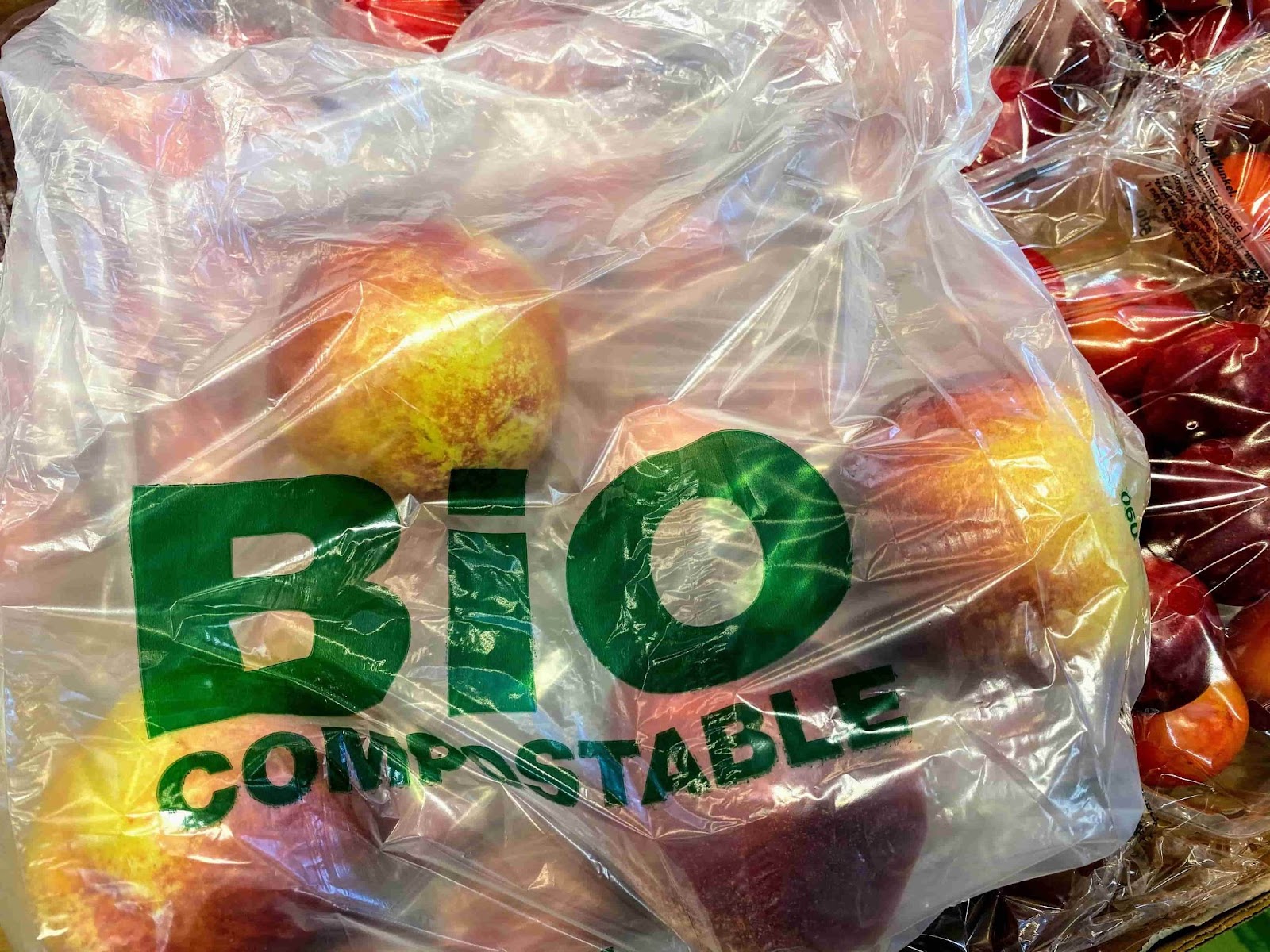
Cost is always a major factor when deciding on packaging materials. Let’s examine how tin and plastic stack up in terms of cost-effectiveness.
Packaging of Tin
- Higher Production Costs
The production process for tin packaging is more energy-intensive and expensive compared to plastic. Tin cans require more raw materials and complex manufacturing processes.
- Shipping Costs
Due to its weight, tin packaging can increase shipping costs, especially for bulkier products.
Plastic Packaging
- Lower Production Costs
Plastic packaging is relatively inexpensive to produce. It is less energy-intensive and can be mass-produced at a lower cost than tin.
- Shipping Savings
The lightweight nature of plastic reduces shipping costs, making it an attractive option for companies looking to minimize logistics expenses.
While plastic packaging is more cost-effective in terms of production and shipping, using tin packaging can offer long-term value for products that require durability, freshness, and better protection.
Versatility and Applications
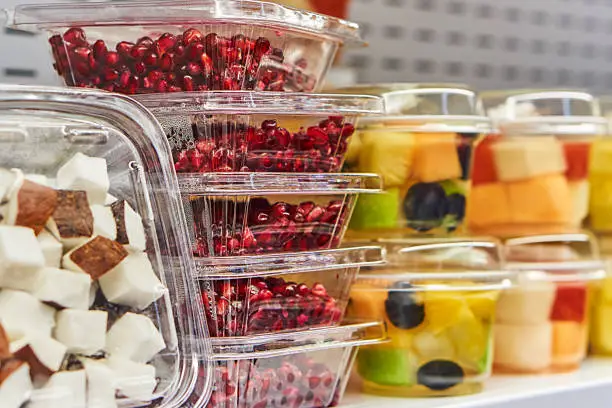
Regarding versatility, plastic holds an edge due to its ability to be molded into various shapes and sizes. However, tin packaging still has value in several industries.
Package of Tin
- Cans
Tin package is widely used for canned foods, beverages, and even cosmetic products.
- Specialty Products
Tin packaging is ideal for luxury items, such as high-end chocolates and tea, due to its premium feel and durability.
Plastic Packaging
- Flexible and Lightweight
Plastic packaging is highly versatile and can be molded into virtually any shape or size. This makes it perfect for packaging everything from food products to electronics and clothing.
- Wide Range of Types
There are many different types of plastic materials (e.g., PET, PVC, HDPE, LDPE), each with unique characteristics suited for different applications.
Lastly, plastic packaging is more versatile than tin due to its range of types and ability to be molded into various shapes, while tin packaging remains the material of choice for specific applications that require premium durability and protection.
Conclusion
Both tin packaging and plastic packaging have their merits and drawbacks. Tin packaging stands out as the more environmentally friendly and durable option, especially when it comes to food preservation and long-term sustainability. However, plastic packaging remains cost-effective, versatile, and lightweight, making it suitable for many industries.
Ultimately, the choice between tin and plastic will depend on the specific needs of the product, cost considerations, and environmental impact. For those prioritizing sustainability, tin packaging is the clear winner. For those focused on flexibility and affordability, plastic packaging may still be the go-to choice.
FAQs
How to increase shelf life without preservatives?
These methods are used alone or in combination to extend the normal biological life of foodstuffs and to grow your sales.
- Freeze Your Product. An easy, and probably most used method is to chill or freeze your product. …
- Heat Your Product. …
- Drying. …
- Use of Chemicals. …
- Modifying Your Products Atmosphere. …
- Product Irradiation.
What packaging is the most environmentally friendly?
Popular Options for Sustainable Packaging
- Paper Packaging. Paper, when sustainably sourced and processed, is one of the most eco-friendly materials. …
- Biodegradable Bioplastics. The market for bioplastics, such as those made from Polylactic Acid (PLA), is emerging. …
- Recyclable Padded Mailers. …
- Eco-Friendly Boxes. …
How much plastic is in an aluminum can?
The plastic liner makes up only about 0.5% to 1% of the total weight of an aluminum can. While this is a small proportion, it’s important to note that aluminum cans are mostly made of aluminum, with plastic making up a minor part in the form of the liner.
This makes aluminum cans more recyclable than plastic containers since the metal can be recycled multiple times without losing its properties, while the plastic liner must be removed during the recycling process, which can be a challenge.


